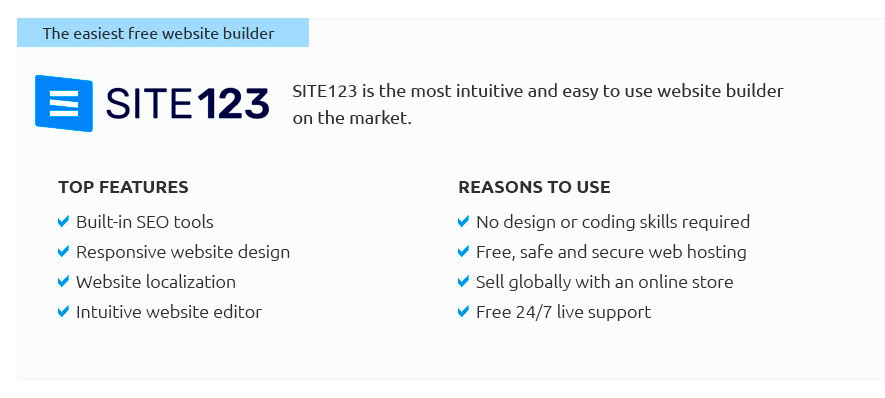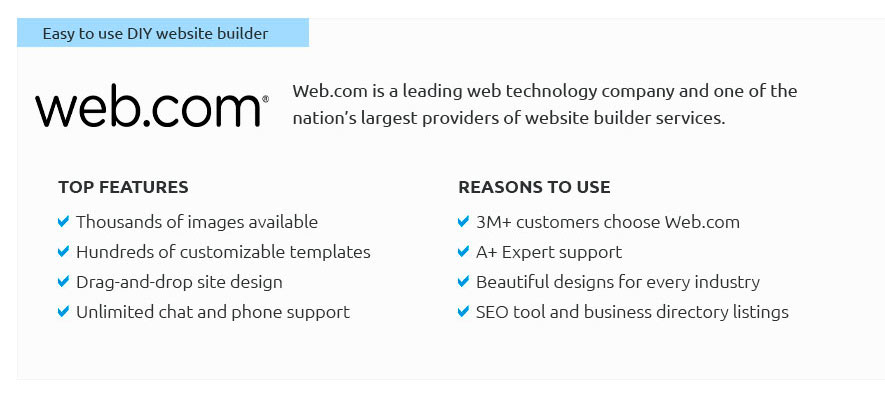 |
 |
 |
 |
|
 |
 |
 |
|
 |
|
 |
 |
|
 |
|
 |
|
 |
 |
How to Open a Website: A Comprehensive GuideIn today's digital age, where the internet is the backbone of our daily lives, knowing how to open a website is a fundamental skill. It might seem trivial to some, yet there are nuances that, when mastered, can significantly enhance your browsing experience. Whether you're tech-savvy or just starting to explore the vast online world, understanding the process of opening a website correctly is vital. This article delves into the intricacies of web browsing, providing tips and highlighting common pitfalls to avoid. The Basics: At its core, opening a website involves entering a URL into a web browser. However, the process begins even before that. The first step is choosing the right browser. Popular options include Google Chrome, Mozilla Firefox, Safari, and Microsoft Edge. Each has its own set of features and extensions, offering varied user experiences. For instance, Chrome is renowned for its speed and integration with Google's ecosystem, while Firefox is praised for its commitment to privacy. Selecting a browser that aligns with your preferences is crucial. Once you have your browser of choice, the next step is to locate the address bar, typically at the top of the browser window. This is where you'll type in the website's URL. It's essential to ensure the URL is correct; a single mistyped character can lead you to a completely different site or result in a 'Page Not Found' error. One common mistake is neglecting the HTTP or HTTPS prefix, though modern browsers often autofill these. Yet, being aware of the distinction is important, as HTTPS signifies a secure connection, protecting your data from potential threats. Understanding URLs: URLs (Uniform Resource Locators) are the addresses of websites. They can be simple or complex, but at their core, they provide the pathway to a site's location on the internet. A typical URL might look like https://www.example.com. The https:// is the protocol, the www denotes the World Wide Web, and example.com is the domain name. Some websites might not require the www, and typing just the domain name might suffice. This simplicity, however, can lead to another common error: assuming a site uses .com when it might be .net or .org, among other domain types. Navigating Web Pages: Once a website loads, navigating it efficiently is another skill. Websites are often structured with a home page and various subpages. Understanding this hierarchy is key to finding information quickly. Look for navigation bars or menus, usually at the top or side of the page. These provide direct links to different sections of the site. It's worth noting that some sites use 'hamburger menus'-three stacked lines usually found on mobile versions-that expand when clicked, revealing more options. Common Mistakes to Avoid: Beyond the initial act of entering a URL, there are several common mistakes that can hinder your web experience. One frequent issue is failing to update your browser. Browsers release updates to improve security and functionality, and using an outdated version can expose you to vulnerabilities and compatibility issues. Another mistake is ignoring pop-ups or browser notifications. While some are indeed spammy, others provide crucial information, such as consent for cookies or alerts about insecure connections. It's also advisable to be wary of phishing attempts; always verify the authenticity of a site before entering personal information. Conclusion: Opening a website may seem like a straightforward task, but as we've explored, there are layers of complexity that, when understood, can vastly improve your online experience. By choosing the right browser, accurately entering URLs, and navigating sites with an informed approach, you can browse the web with confidence and ease. Avoiding common mistakes, such as using outdated browsers and falling for phishing scams, further ensures a safe and efficient journey through the digital realm. Embrace these practices, and you'll find that the world of websites opens up not just as a utility, but as a gateway to endless information and opportunity. https://www.youtube.com/watch?v=lMkB0b9Gibo
How To Open A Web Browser. 7.2K views 2 years ago ...more. Try YouTube Kids. An app made just for kids. Open app - Children's Classroom TV. https://www.quora.com/How-do-I-create-and-see-my-website-in-a-browser
The URL consists of a domain name and a file path to a specific file or webpage. If you want to create your own site or upload files to the ... https://servicecenter.twu.edu/TDClient/1956/Portal/KB/ArticleDet?ID=142590
If you have certain web pages that you visit every time you open the browser, you can easily set those pages to open automatically on separate tabs.
|